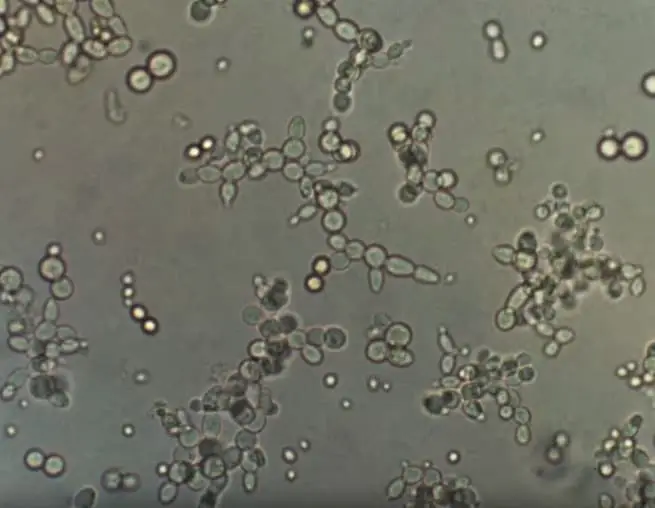If you’ve every baked anything before you probably know what Yeast is, but then again maybe you don’t. Did you know that yeast is classified as a fungus? In fact, Yeast is part of the Fungi Kingdom and makes up two subdivisions called Ascomycota and Basidiomycota.
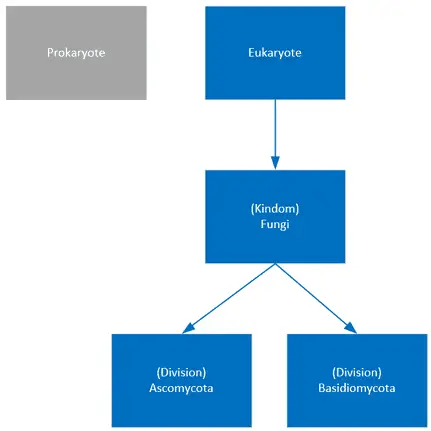
Yeast are single-celled microorganisms classified as eukaryotic cells. A single Yeast cell is typically about 3 to 4 micrometers in diameter but there are some species that can grow to be much larger, around 40 micrometers. The Yeast cell is most commonly egg shaped or spherical although during periods of starvation different species of Yeast can take on different shapes.
For example, the Schizosaccharomyces pombe Yeast cell in times of feast will take on a spherical shape and in times of famine will take on an elongated rod shape.
These microorganisms are a part of many facets of our life whether that is food, medicine, biology, or our bodies. Yeast plays a much bigger role than you might think. In this article we will explore these surprisingly versatile and useful microorganisms and the surprisingly big impact they have on the macro-world.
Types of Yeast
There are over 1,500 species of Yeast, way too many to cover in one post, but in this section, we will look at a few of the most common species of Yeast and see what makes them unique and useful.
Saccharomyces cerevisiae
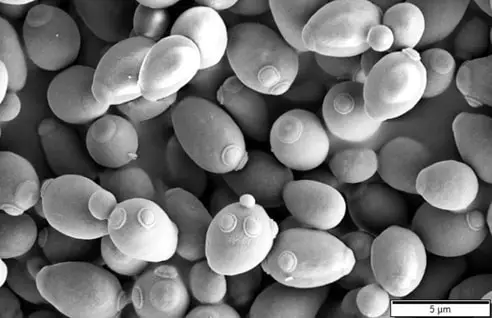
When people refer to Yeast, they are typically referring to the species Saccharomyces cerevisiae, otherwise known as baker’s yeast. Saccharomyces cerevisiae feeds on carbohydrates and sugars. Enzymes in the mitochondria of the cell have a chemical reaction with oxygen to create energy for itself. Through this process there are very useful by-products that are generated which we will discuss later in the article.
The Saccharomyces cerevisiae species of Yeast is considered a model system when it comes to studying DNA, genetics, and other avenues of inquiry in biology. Yeast have relatively simple genetic complexity within the eukaryote classification and even compared to bacteria, are only slightly more complex.
They also can grow extremely fast, they have dispersed cells, and a defined genetic system coupled with a dynamic and adaptable DNA transformation system.
Saccharomyces cerevisiae was also the first eukaryote to have the genome completely sequenced in 1996.
Schizosaccharomyces pombe
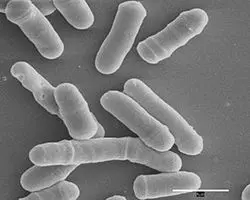
Another common type of Yeast is Schizosaccharomyces pombe. This species of Yeast is known as “fission Yeast” because they reproduce by way of medial fission where mitosis occurs followed by cell division.
Schizosaccharomyces pombe is also a highly desirable organism to study in the field of DNA and genetics because of some similar attributes between Saccharomyces cerevisiae and because of the way it reproduces.
Although baker’s Yeast has been traditionally used in fermentation processes involving wine, more recently Schizosaccharomyces pombe have been utilized for its ability to deacidify the harsh acidity of wines particularly wines from northern Europe. Schizosaccharomyces pombe converts the malic acid to ethanol and carbon dioxide without producing lactic acid as is the case with lactic bacteria.
Candida albicans
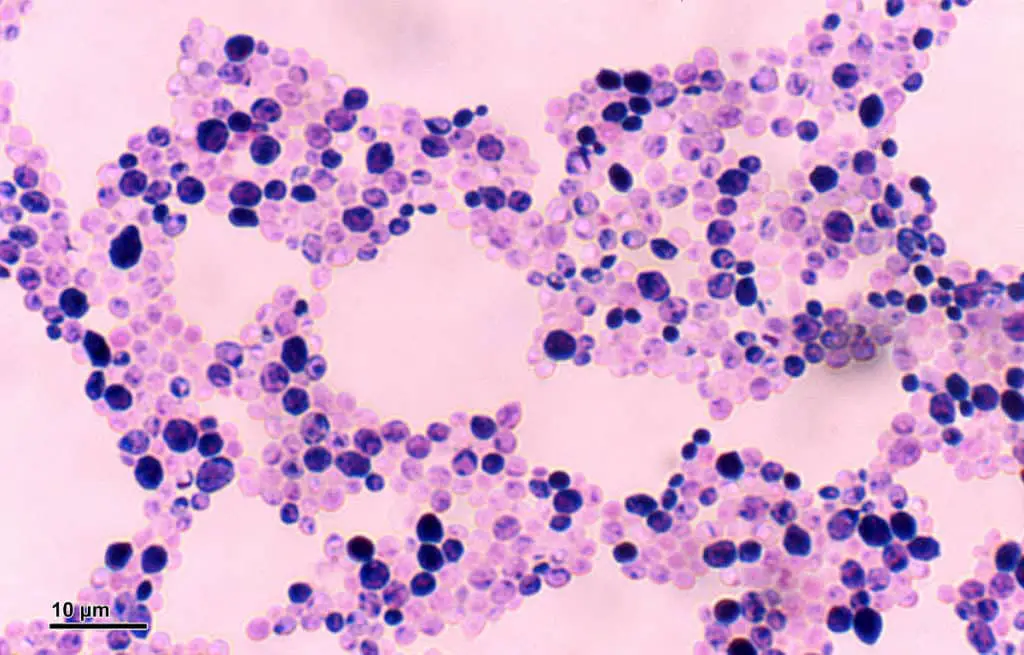
Unfortunately, Candida albicans has a bad reputation because it is the most common cause for fungal infection in human beings. When this Yeast is cultured on a plate it has a white appearance which is where it derives the “albicans” part of its name. Albicans is Latin for “White”.
Candida can be found in several places in the body including the skin, mouth, throat, intestinal tract, and private parts. Finding Candida in these pleases is completely normal and is harmless. However, if this Yeast starts to grow out of control or gets into your internal organs, or bloodstream it can cause infectious. It can also cause problems for people that are immunocompromised.
Candida is also another favored microorganism for biological and genetic research because of similar attributes to the two Yeast species above and the fact that the Candida cells grow as both ovoid-shaped budding Yeast and filamentous cells which is called dimorphism.
Reproduction
Yeast can reproduce both sexually and asexually meaning the copies of the cells contain the genetic material of two “parents” (sexual) or the copies of the cells contain genetic material from only one “parent” (asexual) which is typically a direct copy of the genetic material.
Yeast replication continues to amaze scientist. Researchers at Brown University found that Fungi and in particular Yeast seem to be able to adapt their sexual reproduction based on their environment. Let’s take a look at the types of reproduction.
Asexual Reproduction
There are two types of asexual reproduction that the Yeast cells can undergo. The first is called Budding. This process is where there is a small outgrowth from the cell in a bulb shape which is due to cell division occurring. The cell finally splits into two distinct ‘mother’ and ‘daughter’ cells sharing identical genetic material except in cases where there is mutation. Below is an example of this process.
The second type of asexual reproduction that a Yeast can undergo is called Fission. This type of reproduction is where the Yeast cell elongates, and the nuclei divide into two daughter nuclei with the cells still attached. Then the cell forms a barrier or partition dividing the two distinct cells.
However, the two daughter cells may remain attached after this process is complete and only detach when division of the new daughter cell has begun.
Sexual Reproduction
In some cases, Yeast can reproduce sexually. The process involves the cells development of short protuberances. When the protuberances come together, they form a conjugate tube. It is in this conjugate tube that nuclear fusion takes place. The result is that two haploid Yeast nuclei fuse to produce a single diploid nucleus.
Where They Live
There many places Yeast can be found in nature. They can be found on flowers, plants, fruits, in the ground, on our skin, and in our body. Yeast has to ability to grow in temperatures from 60 degrees up to 107 degrees Fahrenheit. Yeast can survive in places with and without oxygen making them both aerobic and anaerobic.
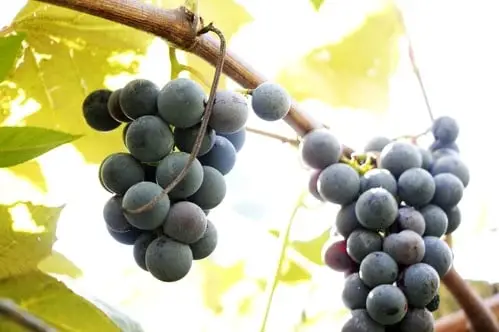
How Yeast is Used in Food
Although other types of Yeast have been used in cooking, by far the most common is Saccharomyces cerevisiae or “Baker’s Yeast”. The most common uses are for breads, cooking, beer and wine and other types of fermented beverages.
Breads and Cooking
The utilization of Yeast in cooking takes advantage of the cellular by-products of Yeast while deprived of oxygen. When Yeast is put in an oven and cooked it is deprived of air. When Yeast is deprived of air it consumes sugar (glucose) and carbohydrates and basically poops carbon dioxide and ethanol.
While the bread is in the oven the ethanol evaporates and the carbon dioxide has the effect of making the dough rise which is the desired result for most bakers.
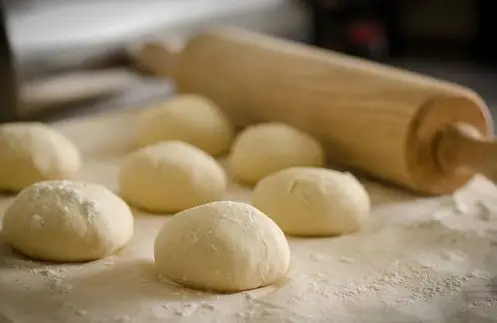
Beer and Wine (Fermentation)
Similar to baking, wine and other drinks that use the process of fermentation rely on the anerobic process of Yeast to consume the sugar of grapes, in the case of wine, to produce carbon dioxide and ethanol which is the alcohol in wine. The more sugar the wine has the more alcoholic the wine is capable of having because there is more food for the Yeast to eat and convert into ethanol.

Most wine makers will prevent the Yeast from consuming all the sugar because some sweetness in wine is desirable to most people. Although there are other species of Yeast that will contribute to the process of fermentation in the early processes it is Saccharomyces cerevisiae that does most of the heavy lifting in terms of alcohol production.
The process is a similar story for the production of beer. Beer is made by taking a source of starch like barley and mixing with water into a sort of mash and trapping Yeast inside without oxygen. The Yeast will then do what it does best and consume the carbohydrates and sugars in the barley and create carbon dioxide which has the effect of making the beer carbonated and ethanol which is the alcohol that we all enjoy!
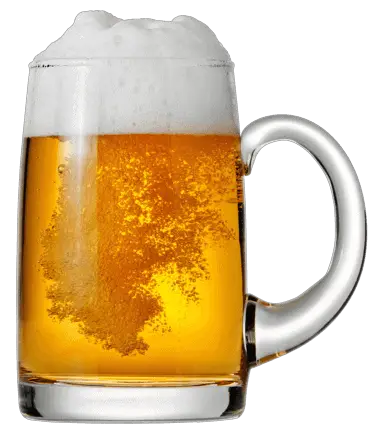
Yeast and Your Body
For the most part Yeast plays a symbiotic role with your body and when it is kept in check and in the right place is harmless and in fact is necessary for overall health.
However, if Yeast grows out of control it can cause infections. It can also be infectious if it gets into your blood stream or any of your organs. In cases of a fungal infection it is common to be prescribed anti-fungal medications. However more recently there have been cases of drug resistant fungus that has proven much more difficult to get rid of.
Yeast is also an important part of your diet. Baker’s Yeast can contain vitamin B12 which can support increased energy. Because Yeast is a part of the biodiversity of the intestinal flora it can also help support the immune system that is regulated by the gut. There have also been studies that suggest Yeast can help to lower cholesterol and reduce sensitivity to blood glucose levels.
Yeast and Future Medical Applications
In a study in 2015 researchers found that they could synthesize nano-material specifically nanoparticles of silver and gold from Yeast cells. These nanoparticles of silver and gold could have a number of medical applications including but not limited to:
- Fluorescent biological labels.
- Gene and drug delivery factors.
- Bio detection of pathogens
- Tissue engineering.
- MRI contrast enhancement.
- Phagokinetic investigations.
History of Yeast
There is evidence to suggest that the use of Yeast in cooking went as far back as the ancient Egyptians. Although they likely did not understand the process involved, the relationship was known between dough that sat out for some time with Yeast causing some fermentation and other bread without Yeast that ended up completely flat and lacked the taste of the lighter fluffier bread.
In ancient Rome Pliny the Elder mentioned in some of his writings that using beer froth on dough would make his bread lighter.
Fast forward through time and the fermentation process was still not understood although Yeast was regularly being used in bread in the 19th century.
Then in 1857 Louis Pasteur discovered and described the fermentation process. Pasteur was a French biologist and microbiologist that made his discovery about the fermentation process while working with a wine manufacturer who had problems with souring.
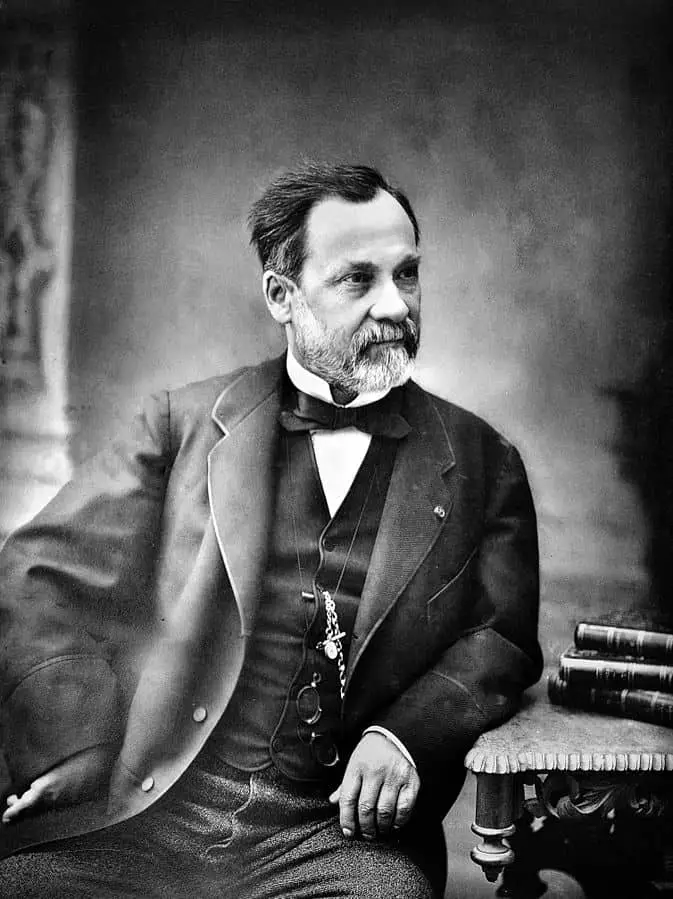
Pasteur was able to demonstrate that wine would sour when a different microorganism, which released lactic acid, was added to the wine as compared to Yeast which did not produce the lactic acid. Pasteur was also able to zero in on the relationship between air and the amount of sugar fermented. He realized that removing the air would increase the anaerobic process of converting the sugar to alcohol.
After the discovery of the fermentation process, cooks, food manufacturers, and food scientists have been perfecting the fermentation process to make some of the tastiest baked goods and fermented beverages on the planet.
Takeaways
Yeast is an amazing microorganism that is almost everywhere we look even without knowing it. We find it in nature, food, drinks, on and in our bodies. The genetic properties of Yeast make it one of the most utilized microorganisms in the study of genetics and DNA. There is some groundbreaking technology developing in the field of nanotechnology applied to biomedical sciences.
The next time I drink a beer or eat a piece of bread I will definitely be thinking about the amazing microorganisms that made it possible.
References
- https://www3.epa.gov/ttnchie1/old/ap42/ch09/s134/reference/ref03_c09s134_jan1995.pdf
- https://www.ncbi.nlm.nih.gov/pmc/articles/PMC2846606/
- https://instruct.uwo.ca/biology/3596a/startedyeast.pdf
- https://www.ncbi.nlm.nih.gov/pmc/articles/PMC4811765/
- http://www.plantpath.cornell.edu/Courses/PP638/pdf/Life%20with%206000%20Genes.pdf
- https://www.ncbi.nlm.nih.gov/pubmed/29423860
- https://www.cdc.gov/fungal/diseases/candidiasis/index.html
- https://www.ncbi.nlm.nih.gov/pmc/articles/PMC3654610/
- https://news.brown.edu/articles/2014/01/yeast
- https://www.mdpi.com/1420-3049/20/9/16540

